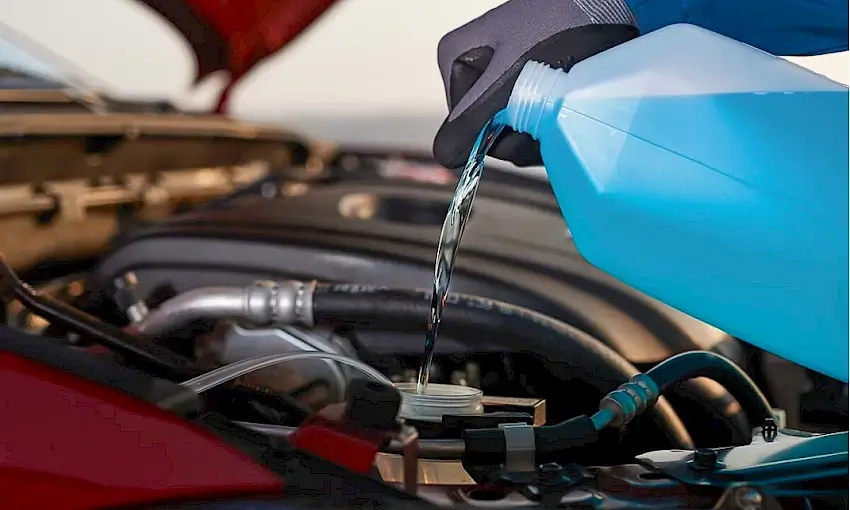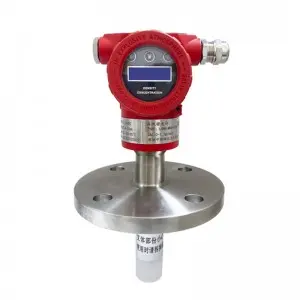Ethylene glycol concentration measurement is critical for quality control in antifreeze production, also one of the primary raw material. Ethylene glycol is the main component of antifreeze. In general, the concentration of ethylene glycol in antifreeze varies in different regions and usage scenarios to fulfill specific requirements. Freezing point, final performance and quality of antifreeze are determined by ethylene glycol concentration.

Burning Questions Regarding Concentration Monitoring of Ethylene Glycol
In addition to antifreeze quality, ethylene glycol concentration and refractive index vary significantly with temperature changes. If temperature compensation is not adequately considered or temperature control is inaccurate during measurement, the resulting concentration readings may be inaccurate. For instance, in production workshops with significant seasonal temperature fluctuations, the measured concentration of the same ethylene glycol solution can vary considerably at different temperatures if appropriate temperature correction measures are not implemented.
Traditional manual sampling is failing behind real-time fluctuations involving ethylene glycol concentration. Instability of online monitoring meters is susceptible to environmental disturbance like pipeline vibration, resulting in inconsistency or inaccurate monitoring.
Installation Necessity of Inline Concentration Meter
Install online concentration meter to monitor mixture concentration of ethylene glycol and water in real time. For instance, a fork density meter enables prompt calculation based on concentration meter, making adjustments in production formulas to guarantee antifreeze quality. Then the accuracy of ethylene glycol concentration is elevated to ±0.002 g/cm³, improving performance and competitiveness of antifreeze.

Improvements Brought by Inline Concentration Meter
- Inline concentration meters, such as density or refractive index meters, can achieve high measurement precision. For instance, advanced models can control ethylene glycol concentration within an accuracy of ±0.002 g/cm³. This ensures consistent quality across batches and reduces variability in production.
- Inline meters enable continuous, real-time monitoring of ethylene glycol concentration. This eliminates delays associated with manual sampling and laboratory testing, allowing for immediate adjustments to production parameters and minimizing waste.
- Modern inline meters incorporate robust temperature compensation algorithms, ensuring accurate concentration measurements even under varying environmental or process temperatures. This feature is particularly valuable in production environments with seasonal or operational temperature fluctuations.
- Inline concentration meters help prevent errors in the mixing process by providing precise and reliable concentration data. This results in products meeting freezing point specifications with minimal deviation, thereby reducing the likelihood of rework or scrapped batches.
- Automation of concentration monitoring streamlines the production process, reducing the need for manual interventions and enabling higher throughput. The inline setup allows for consistent output without interruptions for off-line testing.
Contact engineers of Lonnmeter to request professional concentration measurement solution right now if you intend to improve accuracy of concentration measurement.
Post time: Jan-09-2025





